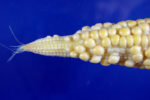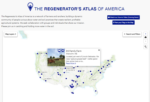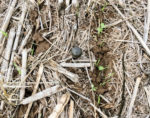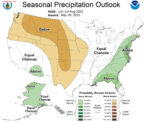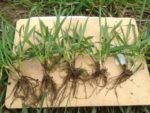Advertise Follow Us
Water Management
Capitalize on Conservation with Funding Programs
Whether it’s through the government, carbon markets or private companies, a number of opportunities can help no-tillers adopt regenerative ag practices profitably.
Read More
Farming the Drought with No-Till Flexibility
Veteran Kansas no-tiller farms around dry High Plains weather, seeking to eliminate summer fallow when possible and using conserved soil moisture to grow something on every acre throughout the season.
Read More

